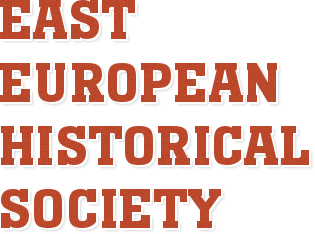Our publications
On September 23,2020, a collection of documents “The Circassian Slave Narratives (A Documentary Collection)” was published in a special issue of the Russian historical journal “Bylye Gody” (indexed in Web of Science and Scopus). The collection consists of 1.2 thousand documents found in the State Archive of the Krasnodar Krai (Krasnodar, Russian Federation), most of which have never been published. The documents date back to the period 1792—1861, of which 180 represent materials of surveys of slaves who fled or ransomed from the territory of Circassia (about 200 people in total), the rest of the documents are official correspondence: dispatches, letters, reports that deal with issues of slavery, capture of slaves and the slave trade in the Circassian territory.
Project implementation: 2015—2020.
Project volume: 852 pages.
Author-compiler: Doctor of Historical Sciences, Head of the Laboratory of World Civilizations of the International Network Center for Fundamental and Applied Research (USA), member of the East European Historical Society (Russian Federation) Aleksandr Arvelodovich Cherkasov.
Epigraph: This work is the first attempt to look at life in Circassia through the eyes of captives and slaves. Dedicated to the memory of thousands of captives, from among the Russians and Circassians.
Summary:
The paper examines the realities of slavery and serfdom in the Circassian society in the period from 1792 to 1861 based on the archival documents which are first introduced into scientific circulation.
The collection of documents is an important source of genealogical information, in which many names of both Russians and Circassians (several thousand names and surnames) were returned for history. Here one can note the military foreman Poryvai, who bequeathed to spend all his funds on the ransom of the Cossacks from captivity, as well as the Circassian Mogukorov family, which gave the first general from the Circassians. The collection of documents will be of interest to everyone who passionate about the history of the Caucasus.
The author notes that the inner world of Circassian society was divided into two main categories: owners (princes, nobles and freemen) and dependents (slaves and serfs). The differences between these two categories were great, the contradictions were deep, and the owners did not want to change anything in the position of dependent estates. The result of this imbalance was the desire of addicts to escape to the territory of Russia. The total number of people who left Circassia, according to incomplete data, is at least 6 thousand people, the reasons for their escape from Circassia are diverse. Most of them were circassians and russians were slightly less represented. In total, according to incomplete data, representatives of at least 20 nationalities passed through circassian slavery, including circassians, russians, abazins, tatars, turks, greeks, kabardins, kalmyks, georgians, armenians, moldovans, austro-hungarians, poles, germans, bulgarians, jews, lithuanians, as well as representatives of Africa and others.
The position of slaves and serfs in the Circassian society was practically disenfranchised. Both the first and the second could be sold by their owner at any time, including separately. The addicts were often injured, including resulting in subsequent death. Balancing between life and death, the slaves in Circassia were constantly in a depressed state. Many of them were subjected to religious and ethnic persecution. Some of the captives, not being able to get rid of slavery, committed suicide.


